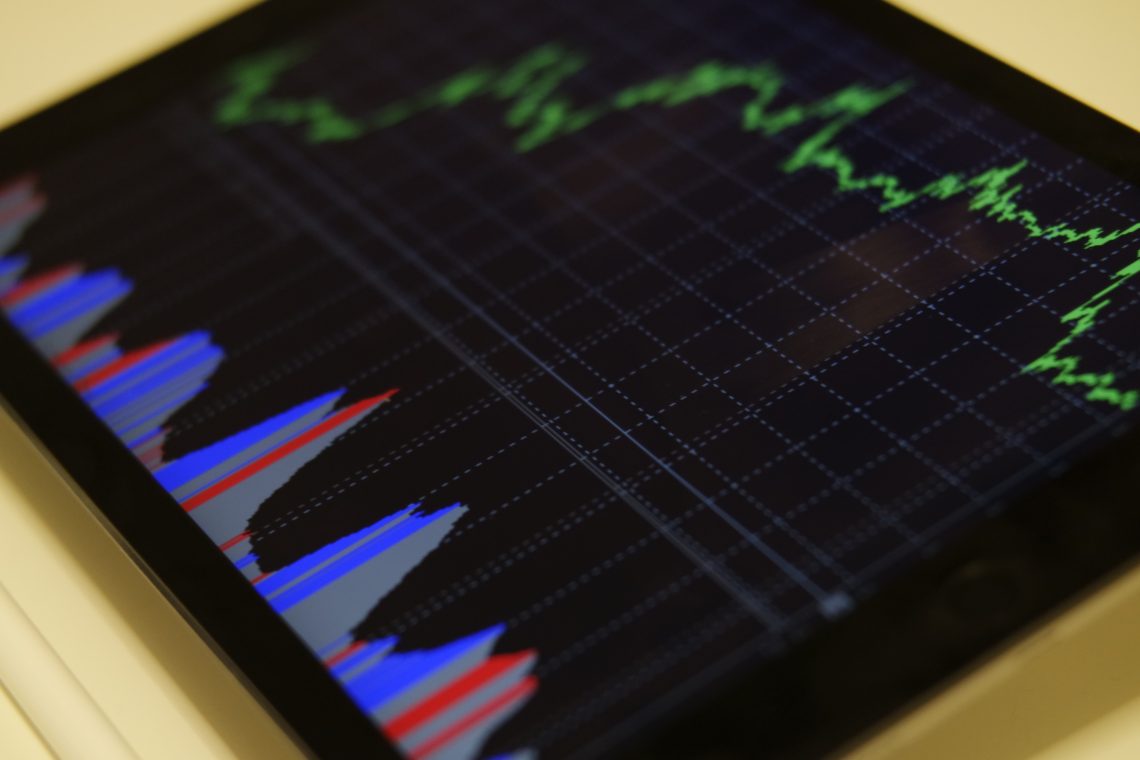In the fast-paced world of Forex trading, making informed decisions is crucial for success. Traders often rely on a variety of tools and techniques to guide their strategies. One such essential tool is the currency calendar, a vital resource for both technical and fundamental analysis. This article delves into how the currency calendar is used in conjunction with these two types of analysis to enhance trading decisions and optimize trading outcomes.
Understanding the Currency Calendar
A currency calendar, also known as an economic forex calendar, is a tool that provides a schedule of upcoming economic events, data releases, and announcements that are likely to impact the Forex market. These events include economic indicators, central bank meetings, geopolitical events, and other relevant occurrences that can influence currency values.
Key Components of a Currency Calendar
- Economic Indicators: Reports on GDP, employment figures, inflation rates, and other economic metrics.
- Central Bank Announcements: Decisions on interest rates, monetary policy statements, and speeches by central bank officials.
- Geopolitical Events: Political developments, elections, and trade agreements that can affect market stability.
- Market Sentiment Reports: Data on investor sentiment and market expectations.
Integration with Technical Analysis
Technical analysis involves evaluating currency price movements and patterns on charts to predict future trends. The currency calendar can significantly enhance technical analysis by providing context for price movements and helping traders interpret chart patterns more accurately.
Using the Currency Calendar for Technical Insights
- Timing Trade Entries and Exits: Economic events listed on the currency calendar can lead to significant price volatility. Traders can use this information to time their trades more effectively, entering positions ahead of expected market-moving events or exiting before major announcements to avoid adverse volatility.
- Confirming Technical Signals: Technical indicators such as moving averages, RSI, and MACD can be more meaningful when aligned with economic events. For example, a bullish signal from a technical indicator might be reinforced by an upcoming positive economic report, providing stronger justification for a trade.
- Avoiding Market Noise: During periods of high economic activity or significant announcements, market noise can increase. The currency calendar helps traders identify these periods, allowing them to either adjust their strategies or avoid trading during these high-volatility times.
Integration with Fundamental Analysis
Fundamental analysis focuses on evaluating the underlying economic factors that drive currency values. The currency calendar is a crucial tool for fundamental analysis as it provides direct insights into the economic events and indicators that impact currency movements.
Leveraging the Currency Calendar for Fundamental Insights
- Predicting Market Reactions: By analyzing scheduled economic releases and central bank meetings, traders can anticipate how these events might influence currency prices. For instance, a forecasted increase in interest rates might lead to currency appreciation, while a disappointing employment report could lead to depreciation.
- Evaluating Economic Trends: The currency calendar allows traders to track the release dates of various economic indicators and gauge the overall health of an economy. Consistent positive or negative trends in these indicators can provide insights into long-term currency movements.
- Adjusting Trade Strategies: Fundamental analysis often involves adjusting trade strategies based on economic forecasts and real-time data. The currency calendar helps traders stay updated on when new data will be available, enabling them to adapt their strategies accordingly.
Practical Tips for Using the Currency Calendar
To maximize the benefits of the currency calendar, traders should consider the following practical tips:
- Plan Ahead
Regularly review the currency calendar to identify upcoming economic events and central bank meetings. Planning ahead helps in preparing for potential market movements and adjusting trading strategies in advance.
- Focus on High-Impact Events
Not all economic events have the same impact on the Forex market. Pay particular attention to high-impact events, such as central bank interest rate decisions and major economic indicators, as these are more likely to cause significant price movements.
- Combine Calendar Insights with Analysis
Use the currency calendar in conjunction with technical and fundamental analysis. For example, if a major economic report is due, combine the insights from the currency calendar with technical indicators to refine your trading strategy.
- Stay Informed and Flexible
Markets can be unpredictable, and new developments may affect the outcomes of scheduled events. Stay informed about global economic news and be prepared to adjust your trading approach based on the latest information.

Case Studies of Currency Calendar Impact
To illustrate the role of the currency calendar in trading decisions, let’s look at a few case studies:
- Interest Rate Decisions
When the Federal Reserve announces an interest rate hike, it often leads to a strengthening of the US dollar. Traders who used the currency calendar to anticipate this event could have positioned themselves for dollar appreciation, aligning their technical and fundamental analyses with the expected market reaction.
- Employment Reports
The release of the Non-Farm Payrolls (NFP) report in the US can lead to substantial volatility in the Forex market. Traders who monitored the currency calendar and prepared for this event were better equipped to manage their trades and capitalize on the resulting market movements.
- Geopolitical Events
Political events such as Brexit can cause significant fluctuations in currency values. By tracking such events on the currency calendar, traders were able to adjust their strategies and mitigate risks associated with sudden market shifts.
The currency calendar is an indispensable tool for Forex traders, providing valuable insights that enhance both technical and fundamental analysis. By integrating the currency calendar with these analytical approaches, traders can make more informed decisions, anticipate market movements, and optimize their trading strategies. Whether timing trades around major economic events or evaluating the impact of central bank decisions, leveraging the currency calendar effectively can significantly improve trading outcomes and contribute to long-term success in the Forex market.
Read more lifestyle articles at ClichéMag.com
Images provided by Deposit Photos, BingAI, Adobe Stock, Unsplash, Pexels, Pixabay & Creative Commons




